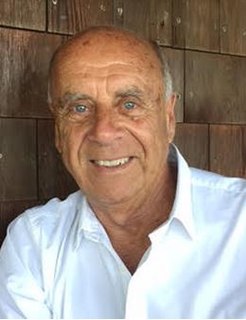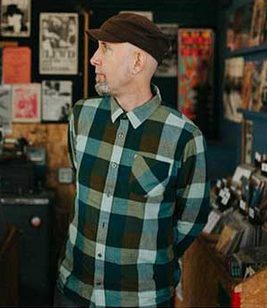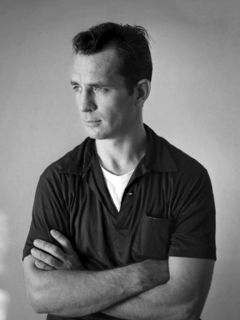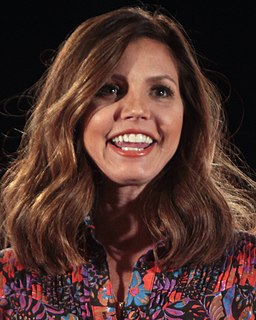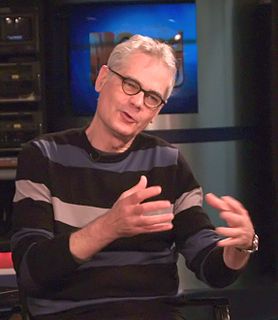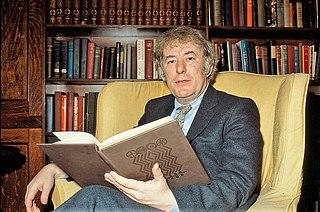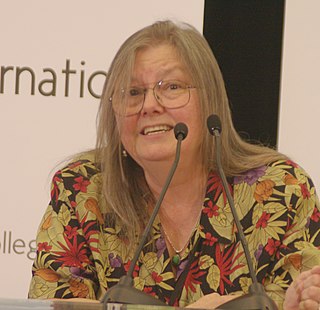A Quote by Ralph Gibson
When I was working with Robert Frank, he told me that there was absolutely no relationship between cinema and photography. I challenge that. Surely what you know as a photographer must impact how you set up your shots.
Quote Topics
Related Quotes
To us, the difference between the #? photographer as an individual eye and the photographer as an objective recorder seems fundamental, the difference often regarded, mistakenly, as separating photography as art from #? photography as document. But both are logical extensions of what photography means: note-taking on, potentially, everything in the world, from every possible angle.
With chemical film, it was possible to alter photographs, but you had to be an expert. That's not true any more. The LA Times fired a photographer at the beginning of the Iraq War for editing two shots together. Photography is crumbling. Certainly it is for the newspapers a bit now, isn't it? There will be painting again, absolutely!
Anybody doesn't like these pitchers don't like potry, see? Anybody don't like potry go home see television shots of big hatted cowboys being tolerated by kind horses. Robert Frank, Swiss, unobtrusive, nice, with that little camera that he raises and snaps with one hand he sucked a sad poem right out of America onto film, taking rank among the poets of the world. To Robert Frank I now give this message: You got eyes.
It is not coincidence that makes a designer but his continuity. And continuity means working and searching, working and fighting, working and finding, finding and seeing, seeing and communicating, and again working and searching. Designers must challenge the past, must challenge the present, must challenge the future; but first of all, designers must be true to themselves. Design is attitude.
The challenge for me was not just the prosthetic work and how to move like an older man would move, but more so how to have 50 years of experience in the workplace and talk to a young Robert F. Kennedy as if he was some political upstart that didn't know what the hell he was talking about. That was the big challenge [in the J. Edgar Hoover m?vie].
The great photographers of life - like Diane Arbus and Walker Evans and Robert Frank - all must have had some special quality: a personality of nurturing and non-judgment that frees the subjects to reveal their most intimate reality. It really is what makes a great photographer, every bit as much as understanding composition and lighting.
The cinema began with a passionate, physical relationship between celluloid and the artists and craftsmen and technicians who handled it, manipulated it, and came to know it the way a lover comes to know every inch of the body of the beloved. No matter where the cinema goes, we cannot afford to lose sight of its beginnings.
Even though Helen Vendler wasn't on the Harvard faculty when I came first in 1979, she was a guardian spirit; Robert Fitzgerald gave me the use of his study in Pusey Library. Monroe and Brenda Engel kept open house, Bob and Jana Kiely made me at home in Adams House. Then, too, in 1979, Frank Bidart, whom Id met in Dublin after the death of Robert Lowell he was over seeing Caroline Blackwood Frank brought me into his circle of friends, including Robert Pinsky and Alan Williamson.
There has never been a merging of two lives where significant problems of daily living did not occur. One way or another, your relationship is going to be affected. The only question is how. There's a big difference between knowing and doing. It's not what happens between partners that determines the outcome of a relationship, it's how they handle what happens. If all you deal with in your relationship is problems, then you will have a problem relationship. If you want your pound of flesh with full acknowledgement that you're right, your future will be dim.
I told her, Don't touch me that way. Don't come at me with that sour-cream smile. Come at me as if I were worth your life - the life we make together. Take me like a turtle whose shell must be cracked, whose heart is ice, who needs your heat. Love me like a warrior, sweat up to your earlobes and all your hope between your teeth. Love me so I know I am at least as important as anything you have ever wanted.
